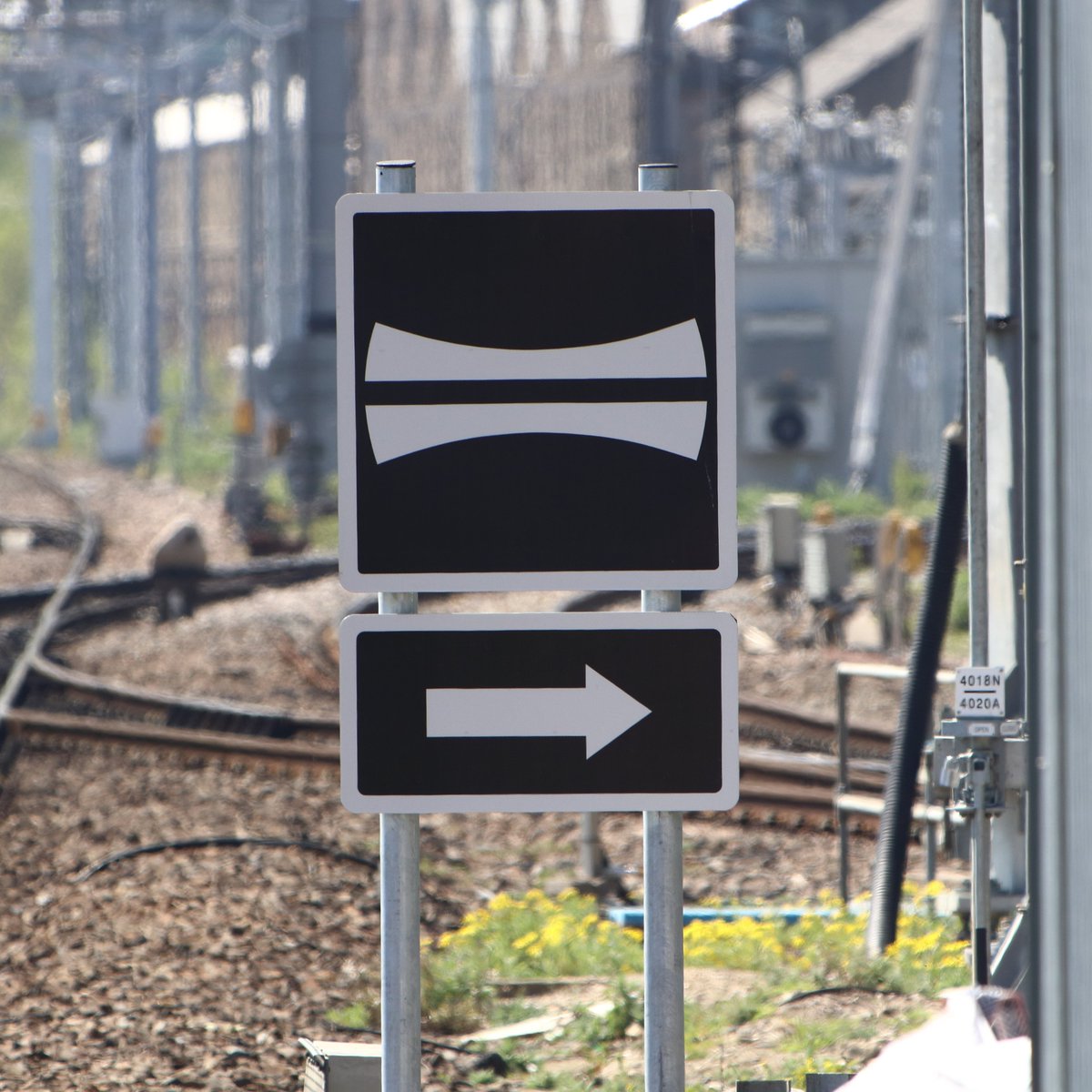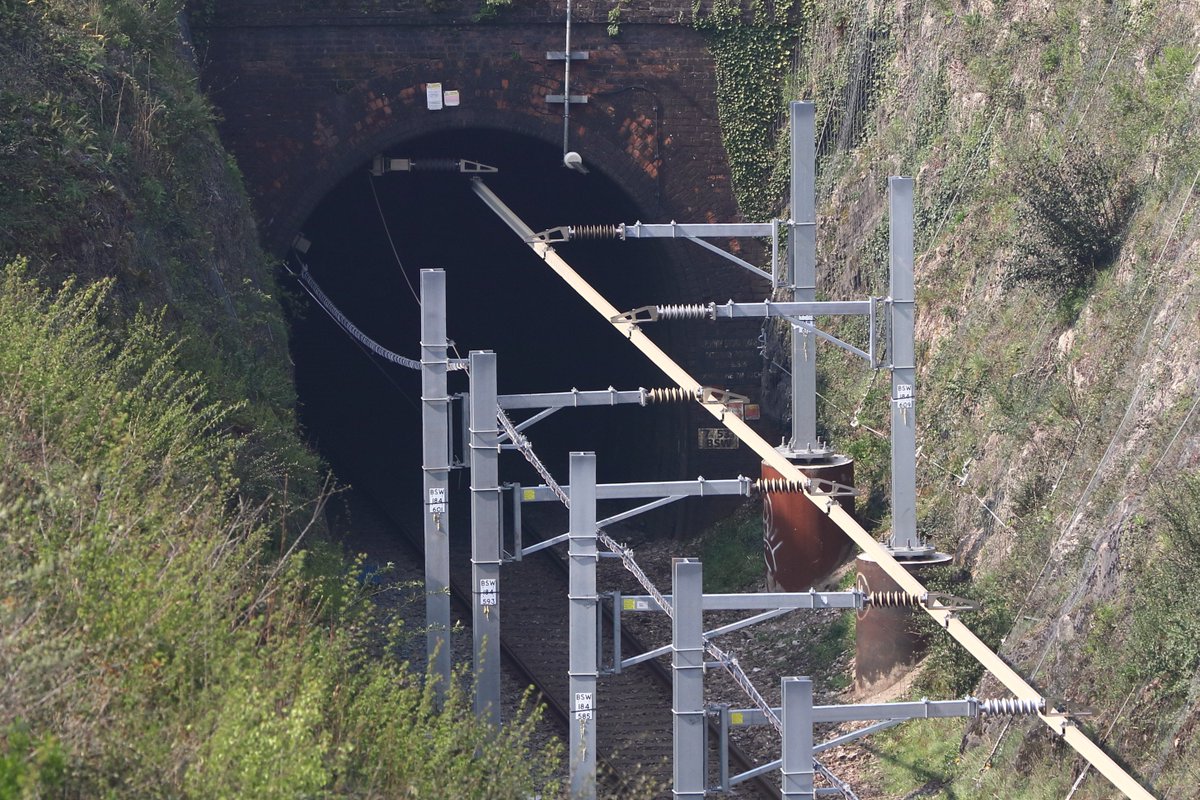Coasting is when an electric train passes through a section of railway without taking power, using only its own inertia to make it through the gap.
2/
1) a bi-mode train switching from electric to diesel
2) A train switching to batteries that were charged while the train was under OLE
3) Hydrogen or other vapourware
3/
6/
7/
8/
9/
10/
11/
12/
13/
Not so fast roadrunner...
14/
19/
21/
Actually... we're still not done
22/
23/
25/
Your gap will be a permanent operational headache that requires an expensive fix.
26/
ENDS/
COASTING: HONESTLY, DON'T GO THERE
28/
@seb_barrow noted that, every second you coast you are losing time. Rail is supposed to be about shorter journey times, not longer ones
29/
30/
31/
32/

33/
34/
a) it's bloody dangerous
b) it doesn't deliver enough power,
c) it won't go at 125mph and
d) your rolling stock becomes heavy and complex
35/
36/
37/
38/
39/
So our earthed wire saved us 180mm. Hurrah!
40/
You can't just pass a pantograph from live to earth - you will get an arc drawn, just like in this video.
41/
In any case this is all moot, as there is now a much more attractive option that allows you to keep the wire live & have v small clearances.
43/
44/
""The West London line was a fine example… when you changed from overhead to third rail driving south there was an indent the size of the pantograph in the Westway flyover."" - @waterbillway, train driver
45/
/ENDS






















